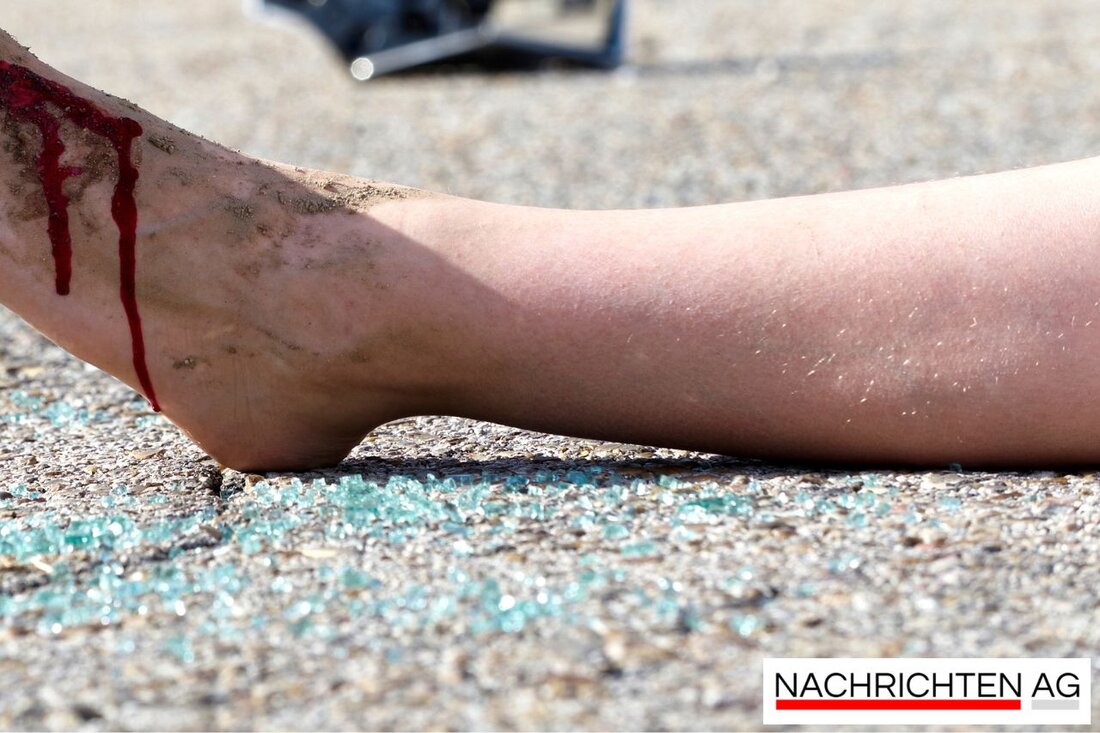Braunschweig: Damage to cycle paths causes scandal – city reacts now!
Braunschweig provides information about damage to cycle paths, renovation plans and safety analyzes for cyclists.

Braunschweig: Damage to cycle paths causes scandal – city reacts now!
A bizarre incident is causing a stir in Braunschweig. Cyclists traveling from Ölper to Hamburger Straße along the A392 are warned of damage to the cycle path on an official sign. But underneath this note there is an unauthorized additional label: "Thanks for the tip. Please repair." A real call to action that does not go unnoticed. The city administration has already reacted and stated that such signs are considered an unauthorized special use. The responsible press spokeswoman, Shirin Schönberg, announced that such signs would be removed immediately as soon as they were discovered. If the “designer” is identified, administrative offense proceedings could be initiated. Despite all of this, the city emphasizes that the damage to the bike path is known and that it can still be used. Hazardous areas should be eliminated as a priority, followed by a comprehensive renovation of the route within the next three years.
The background to this damage is diverse. As early as December 2024, the city prepared a report that analyzed the overall quality of the cycling network. This report examined the city's 600 kilometers of cycle paths and routes and identified numerous deficiencies. On behalf of a catalog of goals and measures for cycling, which was launched in 2020, the city of Braunschweig uncovered possible weaknesses. Among other things, it was found that 131 kilometers of cycle paths do not meet the legal requirements of the road traffic regulations because they are often too narrow or restricted by parking stalls. These deficiencies, together with the lack of legal validity of many usage obligations, have brought the city and the ADFC (Allgemeine Deutscher Fahrrad-Club) into action.
A call for improvement
The ADFC Braunschweig had called on the city to promptly and continuously defuse the designated danger spots for cyclists. The comprehensive analysis focuses on many points, including the marking of bicycle fords and compliance with quality standards. What is particularly worrying is the fact that the publication of geospatial data and detailed maps to make deficiencies visible is still pending. This could prevent the necessary measures from being implemented quickly and in a targeted manner.
But there are challenges for cyclists not only in Braunschweig. According to data from the Federal Statistical Office, general road safety has improved, but not for cycling. The number of injured cyclists rose to 91,281 in 2020, with 426 killed. These figures underline the need to make cycling safer and to repair or redesign unsafe sections of the route. Many cyclists feel unsafe, which is also reflected in the results of the Bicycle Monitor 2021. Here, 64 percent of those surveyed identified too much traffic as a factor of uncertainty. It is now all the more important that both the city administration and politicians have a good hand and finally address the problems raised.
In summary, it can be said that Braunschweig's cycle path network is facing major challenges. Cycling policy measures are urgently needed in order not only to increase traffic safety, but also to improve cyclists' subjective feeling of safety. Let's be surprised at how quickly the city responds to the calls of citizens and organizations!

 Suche
Suche
 Mein Konto
Mein Konto